Game description:
Babylirious is a horror simulation created by Team Terrible as an extension of The Baby in Yellow universe. The game follows H2O Delirious, who spends one evening caring for his daughter, Babylirious, in a small, confined house. At first, the gameplay appears calm and routine — the player performs ordinary babysitting actions like feeding the baby or putting her to sleep. But as the night continues, something changes. The environment begins to distort, strange noises fill the rooms, and familiar spaces become threatening. The challenge lies in maintaining focus on simple tasks while reacting to a series of supernatural interruptions.
Gameplay Structure And Core Concept
In Babylirious, each task serves as both a story element and a gameplay mechanism. The player moves through the house, completing short objectives in sequence — feeding, cleaning, and soothing the baby. Over time, these tasks begin to break down as the house itself seems to resist. The balance between normality and disturbance defines the entire experience. Each interaction with the baby, every movement between rooms, feels less certain as the night progresses. By controlling the pace and observing environmental changes, players uncover new reactions and outcomes within the same confined space.
Level Flow And Key Interactions
The game progresses through short stages that gradually increase in intensity. The repetition of basic routines creates rhythm, while small variations introduce unpredictability. With each completed segment, the player feels a shift — a sound out of place, a missing object, a light flicker that wasn’t there before. The familiar becomes unreliable, guiding the player deeper into confusion.
Main features of Babylirious include:
· A focus on repetitive but evolving tasks
· Environmental storytelling through small visual cues
· Limited movement area that enhances tension
· Gradual buildup of audio and visual distortions
· Transitions between calm moments and sudden panic
This progression creates momentum that keeps the player alert and engaged without relying on direct confrontation.
Visuals, Sound, And Design
Babylirious uses a compact, first-person environment designed to appear safe at the beginning but shift over time through subtle alterations. Lighting and color play the main role in expressing emotional tone — warm tones at the start transition into colder, unstable hues. Sound design drives most of the unease: silence is often broken by distant thumps, distorted laughter, or faint crying. Together, these changes turn the small domestic space into a living, unpredictable environment.
Replay Value And Experience Pattern
Babylirious is a short game but benefits from replay through timing differences and hidden triggers. Each run can reveal alternative reactions, new sound cues, or environmental details previously unnoticed. Because the gameplay loop is built around small actions, players can experiment with pace or order to see how the world responds. The design encourages attention to minor shifts rather than major events. Babylirious transforms an everyday responsibility into a controlled, closed-space experience where routine itself becomes the source of fear. Through silence, repetition, and variation, it invites players to study how normal life can collapse under subtle, unseen pressure.










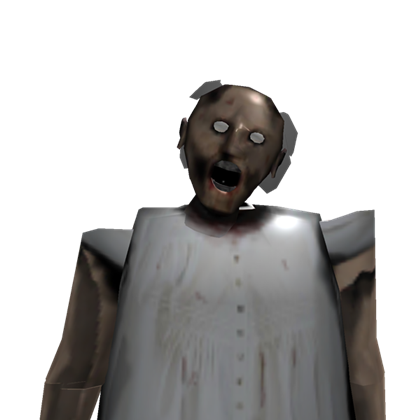





























































































































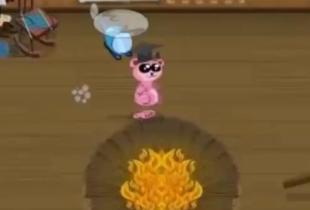
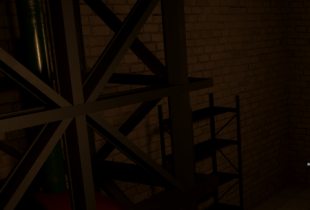

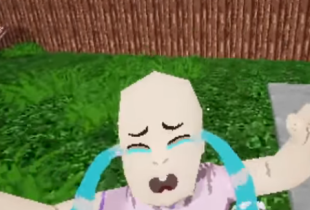
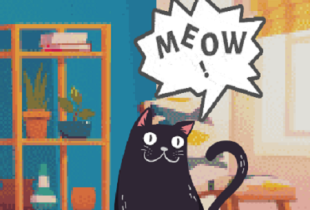

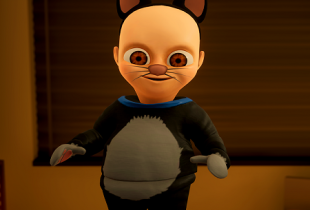
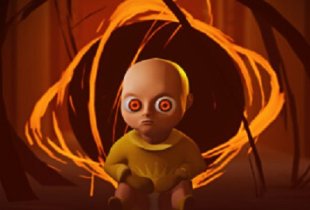
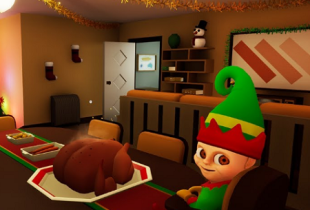
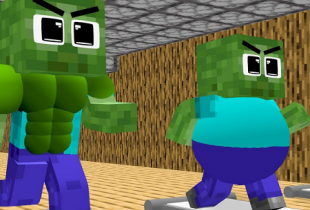
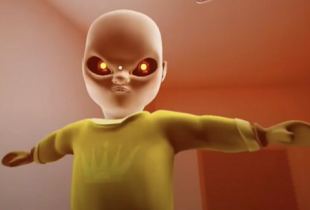

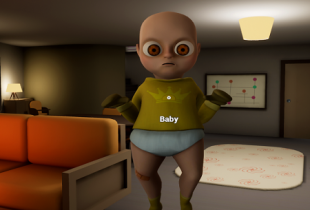
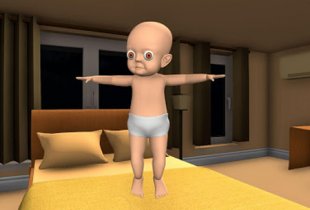


Comments